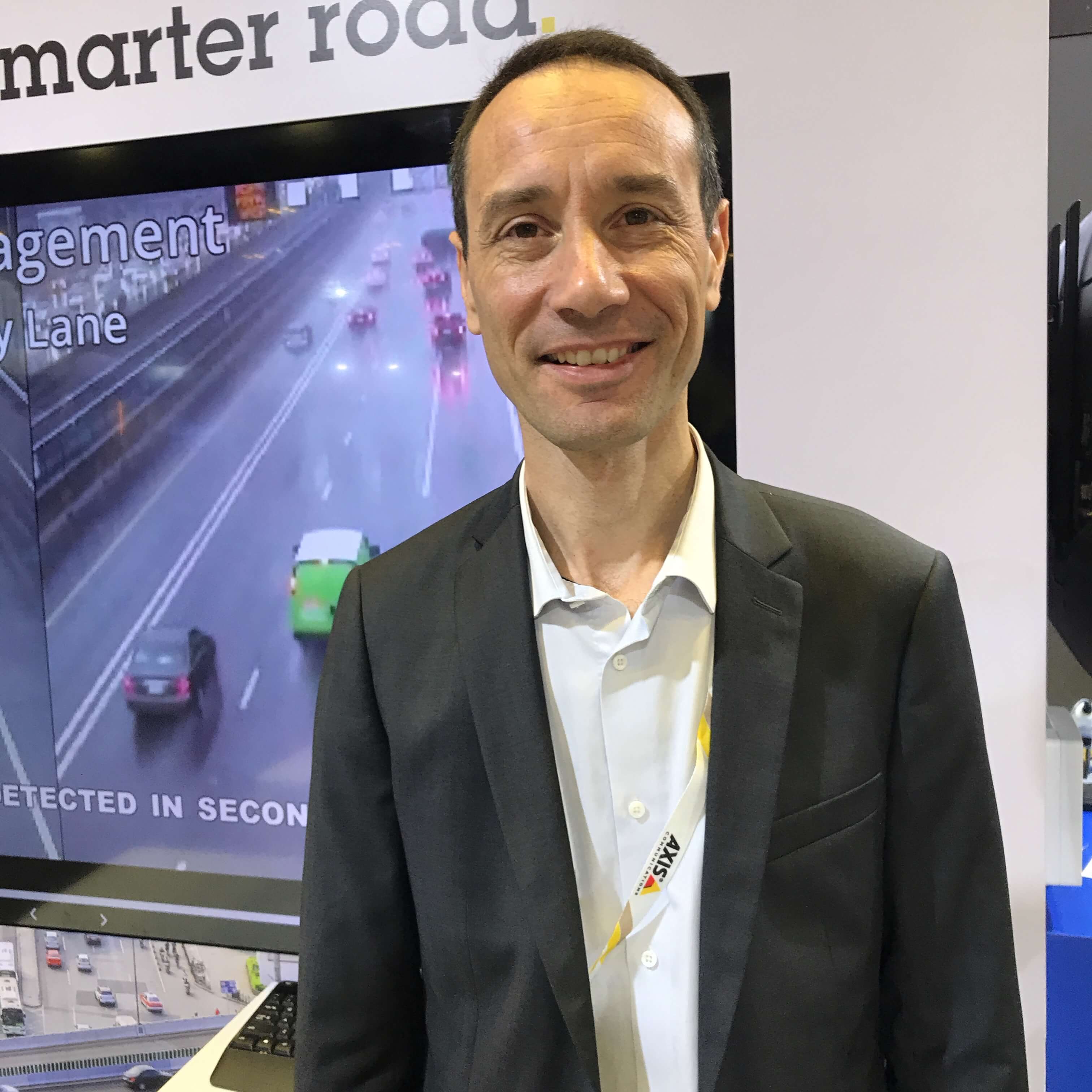More and more, Southeast Asian cities are using ITS in use cases beyond law enforcement, utilizing the “intelligent” elements in intelligent transportation systems.
It’s important to note that Southeast Asia is still at a relatively early stage of ITS, which is mainly used for law enforcement by end users who seek to get a return on their investment through fines.
“Malaysia, Thailand, the Philippines and Indonesia … they are emerging ITS countries where end users look at it from a law enforcement kind of application, where basically an investment in ITS will gain money by fining violators,” said Ronnie Tan, International Business Development Manager for ITS at
FLIR Systems. “What is typical for Southeast Asia is that infrastructure projects are funded by the Asian Bank or by the Chinese or the Japanese, and their first priority is return on investment.”
 Ronnie Tan,
Ronnie Tan,
International Business
Development
Manager, ITS,
FLIR Systems
Yet more and more, Southeast Asian cities are using ITS in use cases beyond law enforcement, utilizing the “intelligent” elements in intelligent transportation systems. Some of the examples are as follows.
Traffic management
Traffic control systems and the associated sensors, including video cameras, are deployed at intersections to keep traffic flow smooth.
 Michael Fun, CMO,
Michael Fun, CMO,
Sena Traffic Systems
“We have traffic management and control systems deployed at over 200 junctions in Kuala Lumpur. At the moment the data is still captured by the conventional inductive loops, but in the future we're going to have about 1,500 cameras throughout KL that will transmits video to the traffic control system, which can determine at this particular junction you have this amount of vehicles and this length of queue. It will then calculate the timing of the signaling,” said Michael Fun, CMO of
Sena Traffic Systems. “We enable our traffic control systems to communicate with each other, exchange data and do simulations of the effects of changing the signal timing before making its own decision on what will be the most optimized time for the red and green lights.”
Incident detection
Cameras supported with video analytics either onboard the camera or at the backend are deployed on highways and in tunnels in Southeast Asia to detect incidents and alert traffic operators instantly.
 Eric Toffin, CEO,
Eric Toffin, CEO,
Citilog
“The tunnels that links Singapore to Santosa Island has an automatic incident detection system. This is one of the first systems we installed in Asia. We also have tunnels in Vietnam and Malaysia,” said Eric Toffin, CEO of
Citilog. “The main problem operators have is if you look at most traffic control centers, you see a big wall with lots of video streams; they can't efficiently monitor everything at the same time. These analytics operate in cameras 24-7, so any time there's an accident, they will pop up an alarm on the video wall, so the operator doesn’t need to concentrate on looking at every camera and seeing what happens; they need to concentrate on when there's an incident what do I do and how I address it.”
Electronic toll collection
 Silje Troseth, GM,
Silje Troseth, GM,
Q-Free Australia
Highway toll collection has become more and more of an electronic operation, replacing manual collection. Southeast Asia is moving towards this direction, too.
“In terms of ETC, we have projects in Australia and Thailand. We are often the prime contractor where we provide the roadside system and the back office solution and services. We sometimes also work with civil and structural engineering companies to provide infrastructure such as tolling gantries” said Silje Troseth, GM of
Q-Free Australia as she noted the importance of managing highway traffic by way of ETC. “You have to manage the whole network and make use of smarter technologies to increase road safety, optimize traffic flow and reduce pollution. That's what we’re seeing in many of the big cities in the region. You have to cater for the fact that you’re growing as a city, and to keep your city sustainable and livable you have to put intake advantage of smart solutions and work with the and technologies available.”